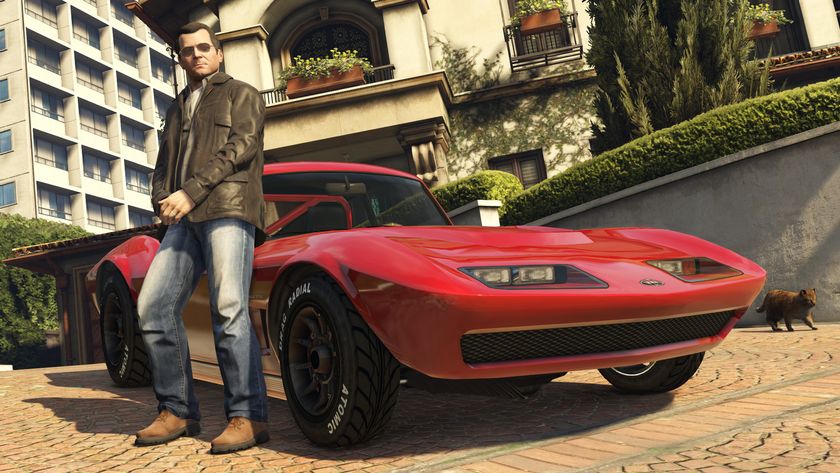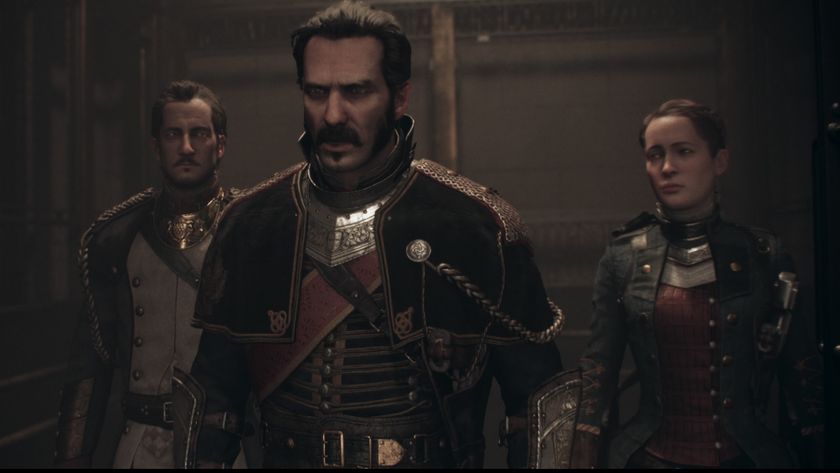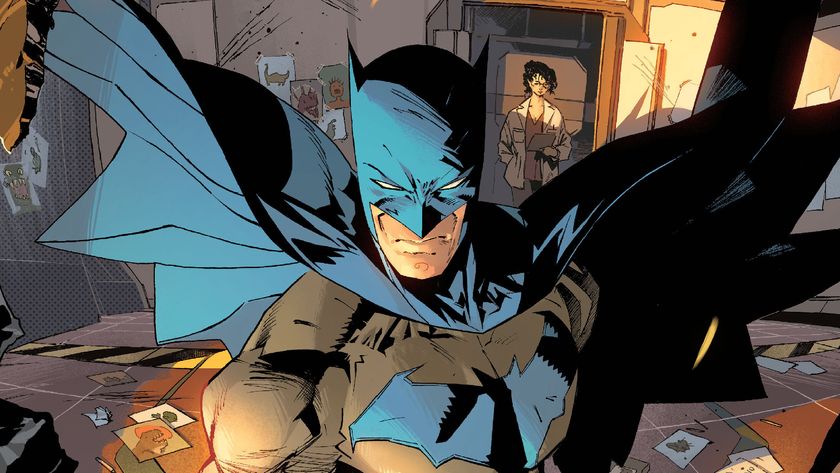Game worlds are bigger than ever, so how come we never stop to smell the roses?
I remember the first time I played Skyrim. It was pre-launch, at a public convention, and slots were strictly limited to twenty minutes per player. I can’t recall all the specifics, but I do remember that the demo dropped you just outside of Riverwood with the goal of talking with one of the town’s inhabitants to further the current quest chain. I waited in line, and when my time came I sat down, and there I was, on the banks of the White River, directly facing the entrance to the settlement.
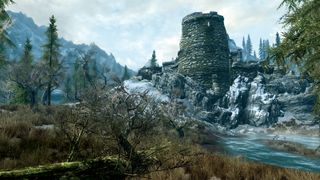
I stood for a moment, blinking in the cool afternoon light, then turned right around and quietly watched the river. I saw a deer on the far bank, and stared as it peacefully grazed. Instinctively, I reached for a bow and arrow, took my time to line up, and shot it dead between the eyes. Then, continuing to ignore the town completely, I crossed over to inspect the carcass and, from there, meandered on down the riverbank. In the end, I chased a rabbit around a field for ten of my allotted twenty minutes.
It was, and remains, one of the best demos I’ve ever played. The best thing about it was that there was no overwhelming sense of urgency, no checkpoints and no NPC wittering in my ear, hastening me on to my next scripted objective. It genuinely felt as if I could go anywhere and do anything, instead of having a team of developers lead me around by the nose. It felt like real escapism – I was a virtual tourist, a free-range gamer.
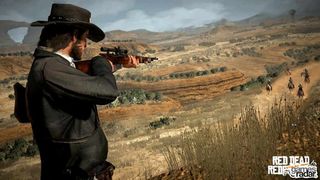
It’s experiences like this that ensure that, as a rule, I never use the fast-travel mechanic in the likes of Red Dead Redemption – when a game world is that lush and beautiful, I just don’t see the point in rushing it. Don’t get me wrong – it’s good to have goals, but the usual need for triple-A titles to be constantly feeding players with side missions and mini-objectives and collectibles and challenges is not only exhausting but totally distracts from the game world itself.
The beautifully intricate historic city recreations depicted in the Assassin’s Creed series are continually and increasingly obscured by an overbearing HUD, which loads the screen with location markers, people to talk to, shops to upgrade, horses to buy, puzzles to complete, statues to discover and small businesses to bankroll. It’s just too much at once. Personally, I prefer to turn off all the markers and just go for a stroll across the rooftops instead, for no other reason than to soak up all the glorious sights.
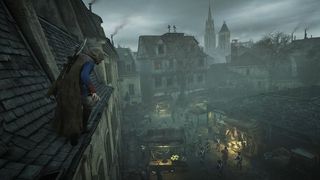
Understandably, there’s something of a push and pull going on for game developers here – a game’s story needs urgency if it’s to be compelling, and most games nowadays need to be able to offer players lots of things to do at any one time in order to compete with their contemporaries. But there are ways to do both of these things without leaving players feeling harried. The lead up to Mass Effect 2’s final act gave you plenty of time to prepare for what was to come, doing as much or as little as you felt was right for your own version of the narrative. GTA 5’s open world is breathtakingly beautiful, and it’s crammed with all sorts of activities to participate in, but these never get in the way when all you want to do is cause a bit of casual chaos or just go for a quiet walk along the Pleasure Pier promenade.
The problem is that many games now get so caught up in making sure they’re entertaining you that they forget to give you the freedom to make your own fun, or they bury that fun under an avalanche of objective markers. Let’s have a little more leisurely tourism, and fewer obligatory tasks.
Sign up to the 12DOVE Newsletter
Weekly digests, tales from the communities you love, and more
Click here for more excellent Official Xbox Magazine articles. Or maybe you want to take advantage of some great offers on magazine subscriptions? You can find them here.
Most Popular






